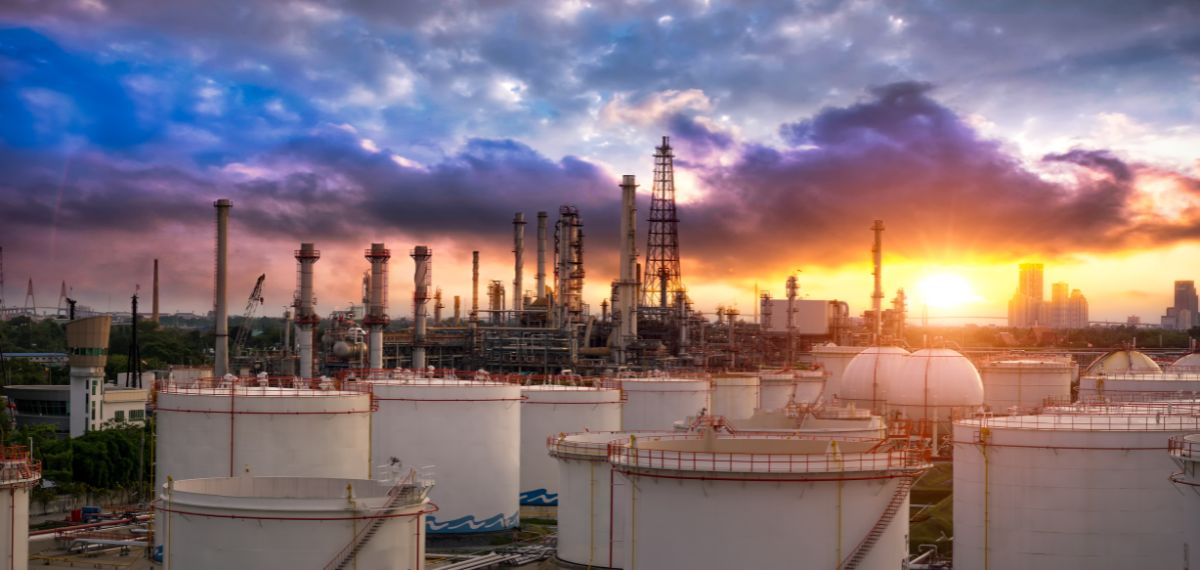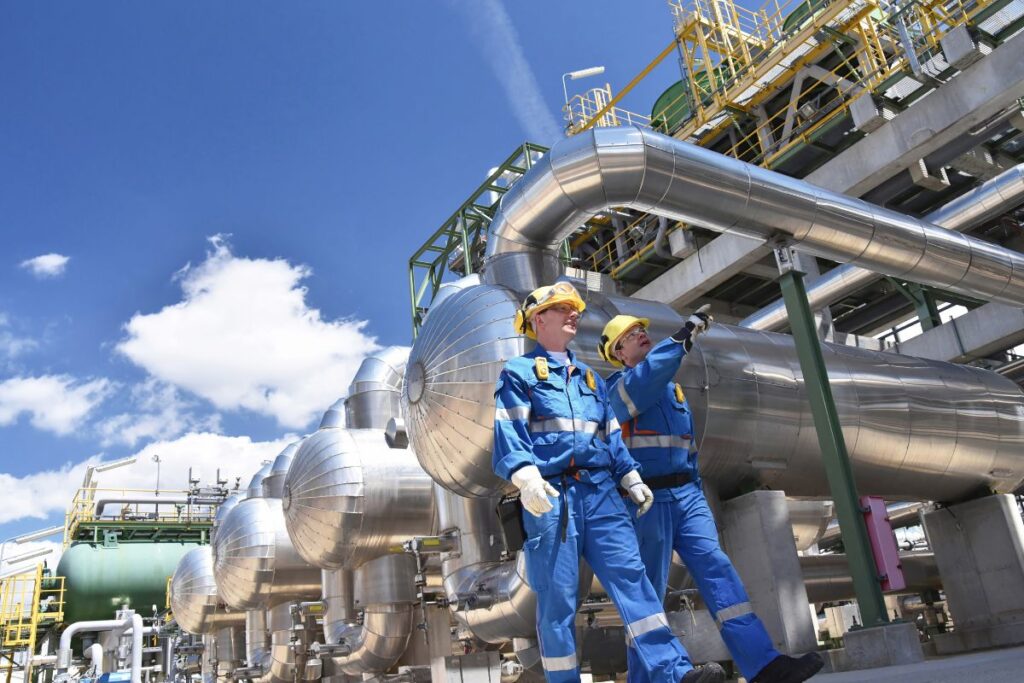New Orleans Plant Accident Attorneys
Over $1 Billion Recovered for Maritime Accident Victims. We are proud to have a reputation for aggressively fighting for the rights of injured workers.
Unfortunately, accidents are often the result of negligence or lack of oversight by those in charge. When such negligence leads to injuries, the victims deserve justice. And that’s where the role of legal representation becomes pivotal. The Louisiana plant accident attorneys at Lambert Zainey are well-versed in industrial accident claims, and we are here to be the beacon of hope for those seeking rightful compensation.
Unfortunately, accidents are often the result of negligence or lack of oversight by those in charge. When such negligence leads to injuries, the victims deserve justice. And that’s where the role of legal representation becomes pivotal. The Louisiana plant accident attorneys at Lambert Zainey are well-versed in industrial accident claims, and we are here to be the beacon of hope for those seeking rightful compensation.
COMMON PLANT ACCIDENTS
In the vast expanse of Louisiana’s industrial landscape, the daily hustle and bustle mask an underlying reality: the potential for devastating accidents that can change lives in an instant. The diverse nature of plant operations, combined with the complexity of machinery and chemicals in use, creates an environment where risks are ever-present.
Some of the most common types of plant accidents include:
Common Causes Of Plant Accidents: Unmasking The Underlying Factors
Behind every plant accident is a myriad of potential causes that may have contributed to the unfortunate event. Recognizing these causes is crucial not only for prevention but also for ensuring accountability. Here’s an overview of the most common reasons behind plant mishaps:
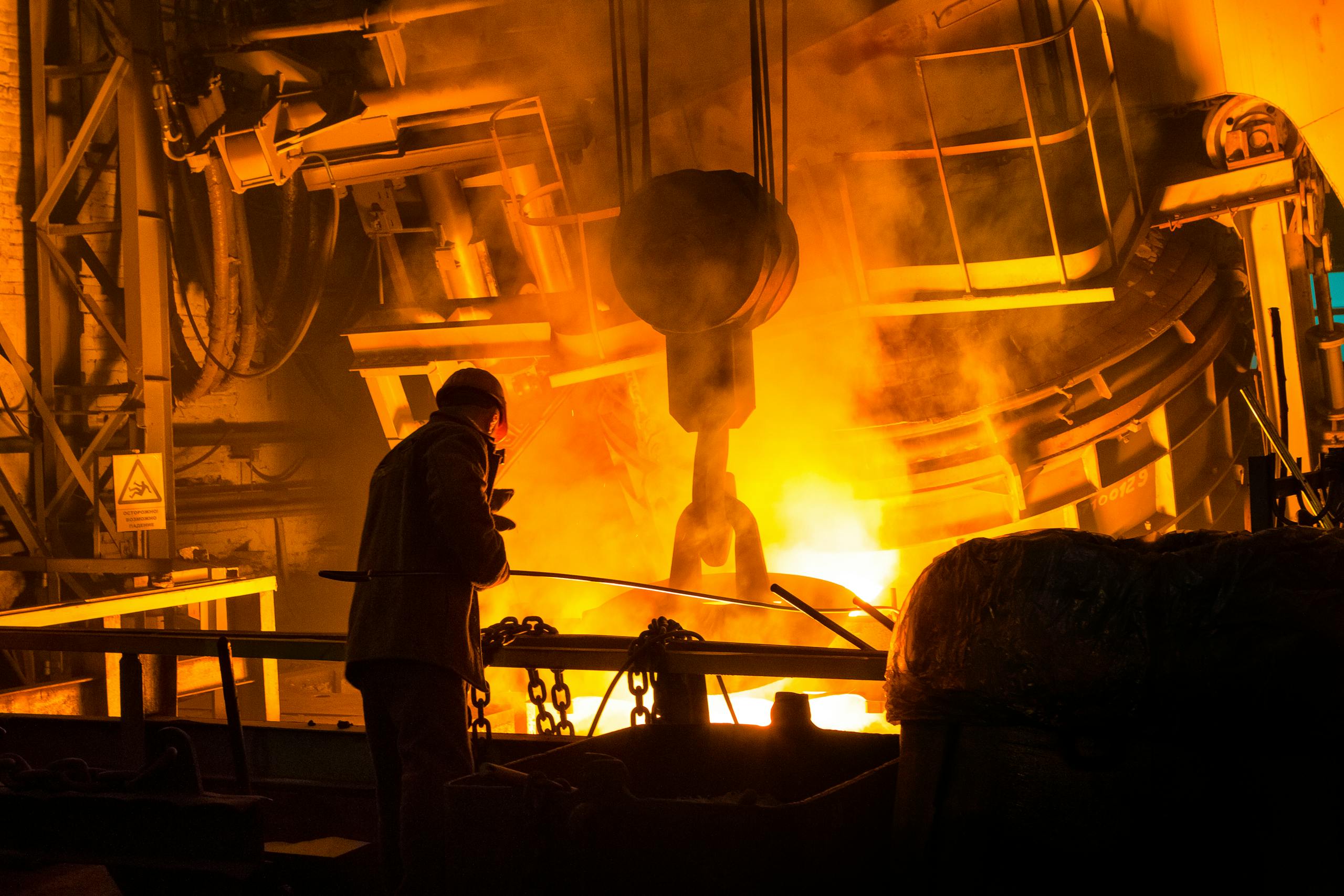
Improperly Training Workers
Adequate training is the bedrock of safe plant operations. Without proper training, workers might be unaware of the dangers they face or the protocols they should follow. This lack of knowledge can inadvertently lead to accidents.

Equipment/Machinery Not Properly Inspected/Maintained
Machines and equipment require regular inspection and maintenance to function safely. When this is overlooked, the chances of malfunction, breakdown, or other failures increase, posing significant risks to those operating or near them.

Lack of Supervision
A vigilant supervisor ensures that safety protocols are adhered to and that any potential hazards are addressed promptly. In the absence of proper supervision, minor oversights can escalate into major accidents.
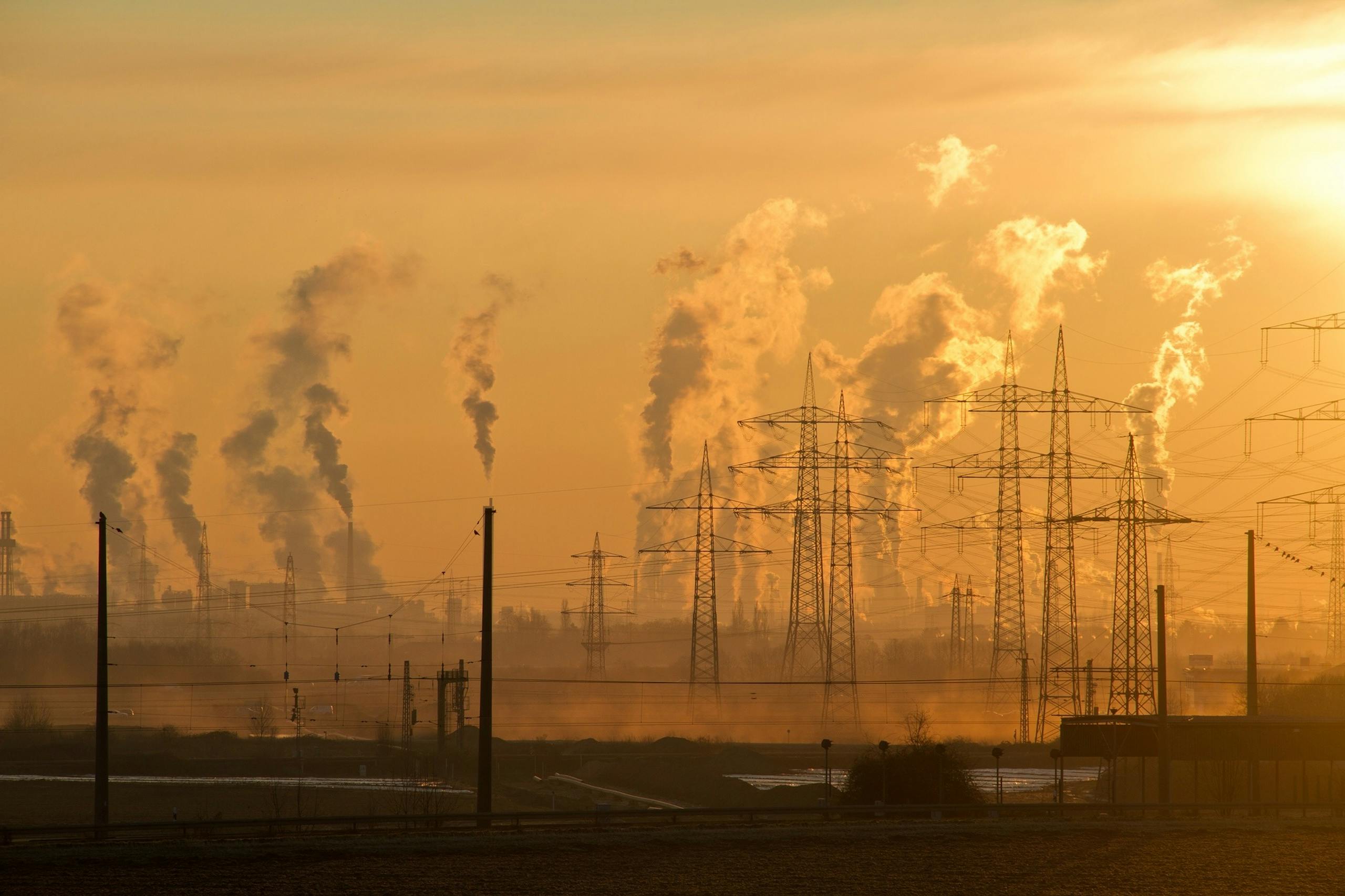
Human Error or Carelessness
Even with the best of systems in place, human error or simple carelessness can be a primary cause of accidents. Distractions, fatigue, or even overconfidence can lead workers to make mistakes with severe consequences.
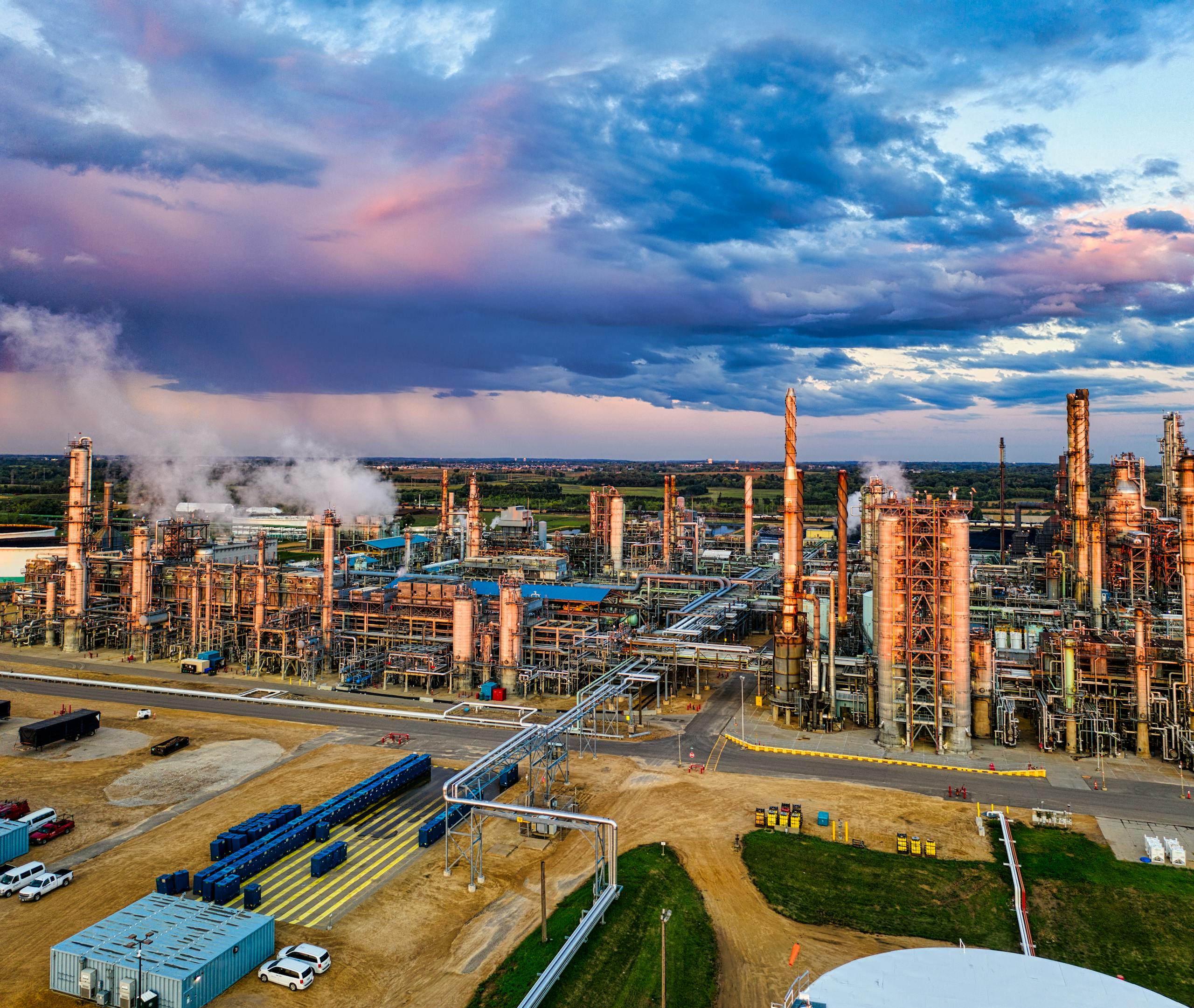
Dangerous Work or Conditions
Certain tasks or conditions in a plant inherently carry greater risks. Whether it’s working at heights, handling volatile chemicals, or operating heavy machinery, these high-risk situations demand extra caution.
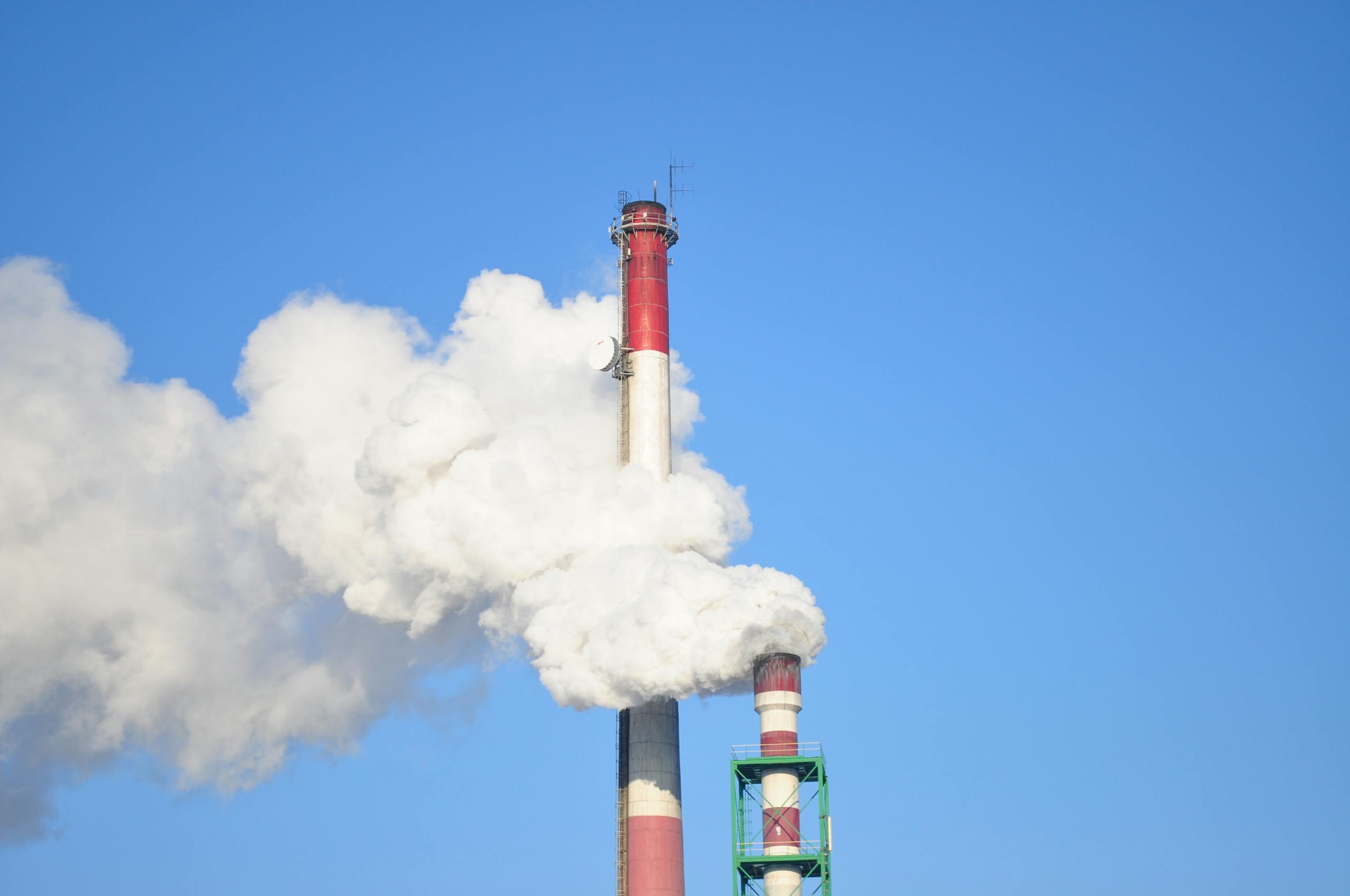
Inadequate Safety Equipment and Procedures
Certain tasks or conditions in a plant inherently carry greater risks. Whether it’s working at heights, handling volatile chemicals, or operating heavy machinery, these high-risk situations demand extra caution.
Maritime Injury Attorneys – Lambert Zainey – have obtained recoveries from a long list of maritime companies, including some of the biggest names in the industry.
Who Can Be Held Liable For Plant Accidents? Determining Accountability
In the aftermath of a plant accident, one of the primary concerns for victims and their families is identifying those responsible and holding them accountable. Determining liability can be a complex process given the intricate web of operations and relationships within an industrial setting. Here’s a closer look at the potential parties that can be held liable for plant accidents:
Determining liability in plant accidents requires a meticulous examination of the events leading up to the accident, the entities involved, and the conditions on the ground. Often, multiple parties might share the blame. Engaging an experienced attorney can help victims navigate this intricate process and ensure that all responsible parties are held to account.
Compensation Through Plant Injury Lawsuits
The aftermath of a plant accident can be overwhelming for victims, both emotionally and financially. The legal landscape offers ways for these individuals to seek rightful compensation for the injuries and damages they’ve endured. Here are the types of compensation that may be available:
Medical Expenses
One of the immediate concerns after a plant accident is the medical treatment required. This includes hospital bills, surgeries, medications, physical therapy, and any future medical needs arising from the accident.
Loss Of Income
Accidents often lead to an inability to work, either temporarily or permanently, resulting in lost wages, loss of earning capacity, and other employment-related financial setbacks.
Pain and Suffering
Beyond the tangible financial burdens, victims endure physical pain and emotional trauma. The law recognizes these non-economic damages, allowing victims to seek compensation for their pain, emotional distress, and reduced quality of life.
Punitive Damages
In instances where the negligence leading to the accident is particularly egregious, courts may award punitive damages. These are not meant merely to compensate the victim but to serve as a strong deterrent, penalizing the responsible parties for their reckless behavior and dissuading future negligence.
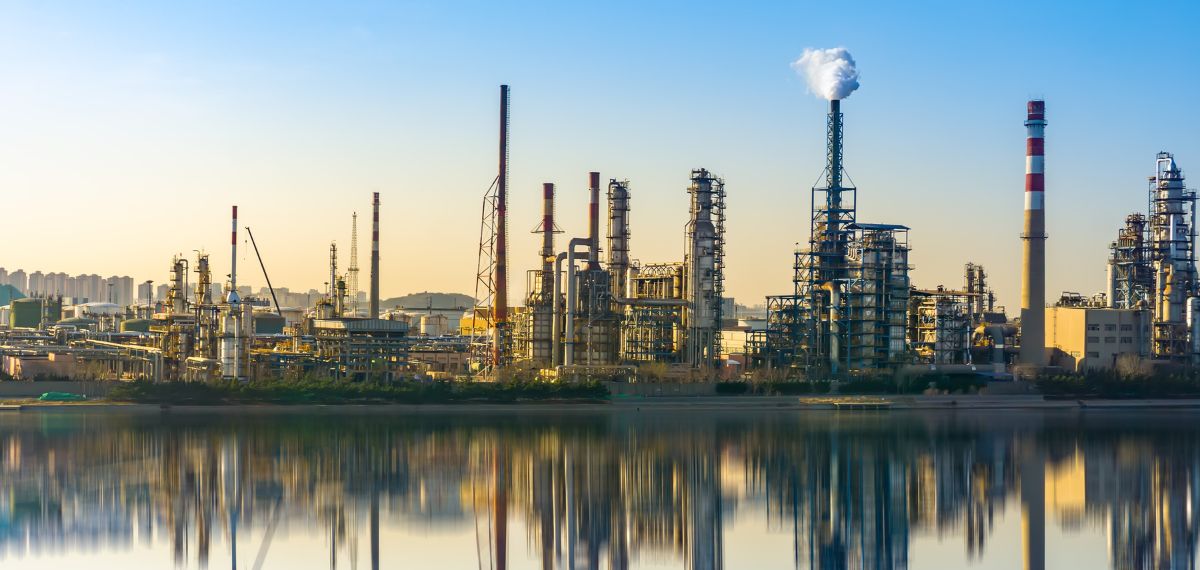
One of the biggest examples of this in Louisiana history is the class action lawsuit against Murphy Oil USA resulting from an oil spill caused by a tank rupture at their Chalmette refinery after the levee breaches during Hurricane Katrina. Hugh Lambert was appointed to the Plaintiffs Steering Committee, where he represented the interests of all those affected by the oil contamination that spread through much of the area. Settling for $330 million, the lawsuit stands out as the fastest class certification and resolution in state history for a case of its type and magnitude.
Over $1 Billion Recovered for Maritime Accident Victims
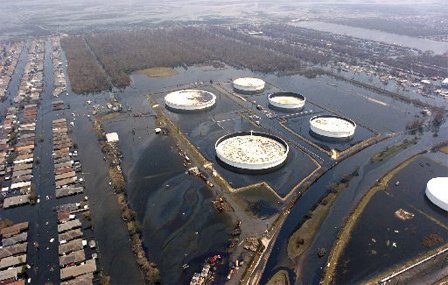
Oil storage tank rupture at the Murphy Oil USA refinery in Chalmette, LA. The fastest class certification and resolution of a case of its type and magnitude to date.

Arco cryogenic platform explosion caused by improper cold cut of Southern Natural Gas pipeline. Settlement for the injured and deceased in approximately twelve months.
The Role Of a Plant Injury Attorney: Advocacy, Expertise and Justice
Plant accidents can be complex, both in terms of their causes and the subsequent legal implications. At such challenging times, a plant injury attorney plays an indispensable role in representing victims and ensuring they get the justice they deserve. Here’s an in-depth look at the varied responsibilities and functions of a plant injury attorney:
They fiercely advocate to ensure that victims receive the maximum compensation possible, whether through settlements or court verdicts.
Speak to an Experienced New Orleans Plant Accident Attorneys Today
After experiencing the traumatic aftermath of a plant accident, you shouldn’t have to navigate the complexities of legal processes alone. The New Orleans industrial accident attorneys Lambert Zainey is here to stand by your side, offering experienced guidance every step of the way. Don’t hesitate to assert your rights and seek the compensation you deserve. Call (800) 521-1750 today to schedule a free consultation and let Lambert Zainey be your advocate during these challenging times.
Recent News
Seacor Power Capsizing: Lambert Zainey Secures Resolution for All Families Affected by Tragedy
Maritime Slip, Trip and Fall Accidents: A Guide for Workers
The Most Dangerous Jobs in the Maritime Industry
What Our Clients’ Say About Us
NATIONALLY RECOGNIZED ATTORNEYS
CONTACT US
Our experienced attorneys are here to guide you through every step of the process, from initial consultation to settlement or trial.
Free Case Review
Fill out the form below to contact Lambert Zainey and schedule a free, confidential consultation and discuss your case with an experienced attorney.


